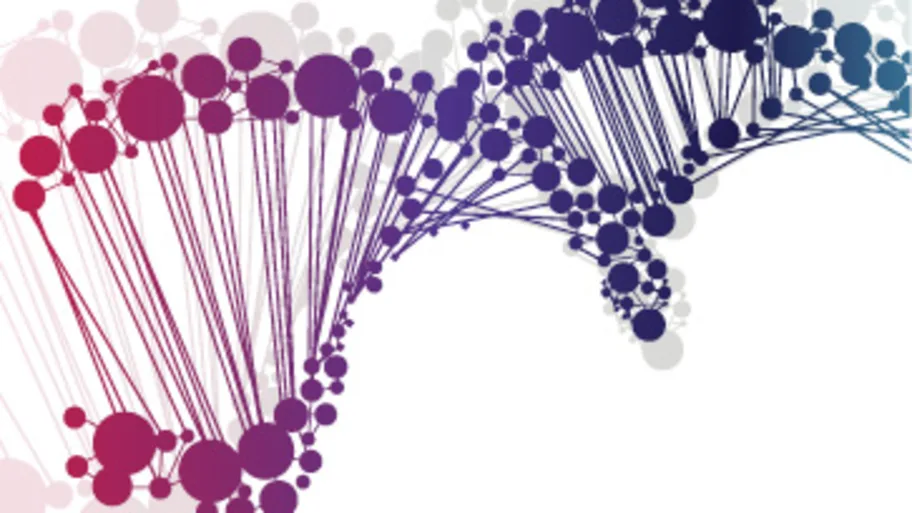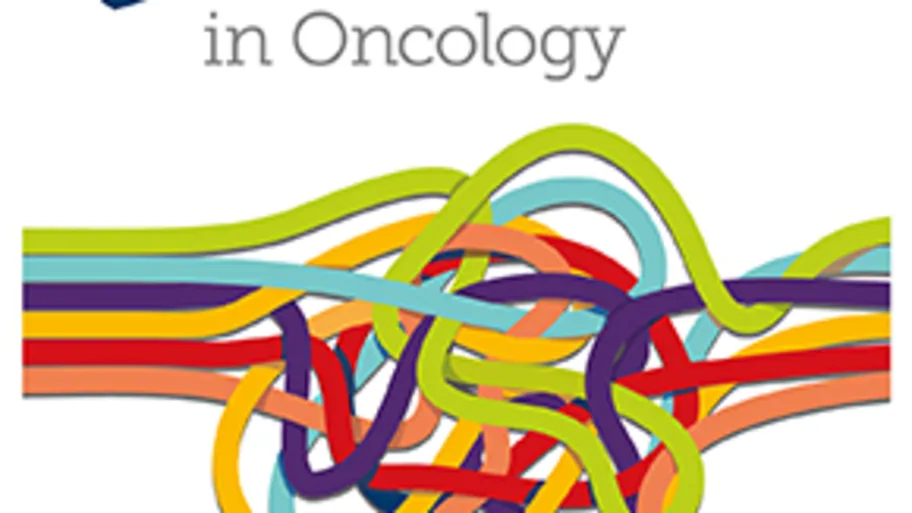
- Science news
- Life sciences
- One Face Among Many in DNA Damage Response
One Face Among Many in DNA Damage Response

The Research Topic, Published in Frontiers in Oncology & Frontiers in Genetics aims to give a comprehensive overview of our current understanding of ubiquitin and SUMO pathways in all aspects of DDR and their relevance for cancer treatment.
— by Elliott Williams
One face in the vast world of cellular DNA damage response comes under the spotlight in this collection of papers which focus on ubiquitin and SUMO’s roles in protecting our DNA.
If unchecked DNA mutations lead to cancer. DNA damage is mitigated by complicated cellular processes. This collection of articles looks at this process and the recently discovered roles of Ubiquitin and SUMO molecules in genome stability.
You’re late. You rush out of the house, instantly feeling the sun’s UV-radiation against your skin. In your hand your breakfast; a bacon sandwich (burnt). You jump into your old car. Heading into work, you intend to leave early for a doctor’s appointment. Rushing to finish your presentation, you knock hot coffee down your front. You already feel the area become red and swollen. Ouch.
Sound like a familiar day? If so then next time, take a moment to thank your body for stoically countering these daily attacks on your DNA.
In fact, our ten trillion cells work tirelessly to repair the tens of thousands of lesions that occur daily in our DNA in a single cell. Such lesions can become cancerous mutations if not repaired. Mutations are born from many sources: the sun’s radiation penetrating your exposed skin, the heterocyclic amines in your burnt bacon sandwich, the trace amounts of inhaled atmospheric radioactive material, the highly reactive molecules produced during our body’s response to inflammation or infection. These are but a few examples.
Thankfully, each cell in our body uses an expansive DNA Damage Response system, or DDR for short, to fix DNA lesions before they become harmful mutations. Your DDR system employs a vast and complicated network of genes and molecules to ensure that, when a stretch of DNA is needed, it is correct enough to be accurately “read” into proteins, thus ensuring that you remain yourself.
DDR is complex and the scientific community is still filling in our gaps in knowledge, often uncovering new aspects to our DNA repair system. One thing that is obvious is that it needs to be carefully orchestrated to ensure that lesions within DNA are rapidly identified and repaired before they become harmful. In the last ten years, Ubiquitin and SUMO have emerged as essential molecules in this process, with a wealth of new original research following on.
Participate in next year’s Spotlight Award: Submit your Research Topic idea
To help collate and summate this new research, Drs Kristijan Ramadan & Ivan Dikic assembled a Research Topic which reviews, in-depth, the role of Ubiquitin and Ubiquitin-relative SUMO in DNA damage response.
Within this Frontiers in Genetics topic, the Naegeli group summate how Ubiquitin and SUMO help cut out the dangerous adducts formed when UV-light hits our DNA. Authors Coleman & Huang reviewed how the SUMO molecule fine-tunes the repair of harmful inter-strand joins. A paper by Pinto-Fernandez & Kessler describes the gentle interplay between the build-up and removal of ubiquitin molecules in the context of DDR.
For the most difficult to repair “DNA double-strand break”—where the DNA molecule snaps in two—multiple papers in the topic discussed ubiquitin’s role. These include how it can modify molecules in the DDR system (Smeenk and Mailand), how it can help the DDR system considering the cell’s 3D environment (Harding and Greenberg), and how repairing double strand breaks can bring in separate processes like those which degrade proteins (Himmels and Sartori).
Of interest, a paper by Pellegrino and Altmeyer described how Ubiquitin, SUMO, and other similar molecules, work to manage the overall stability of each cell’s enormously long DNA molecules. (Ferrari and Gentili) likewise described an aspect of ubiquitin and DDR in the growth and division of a cell.
This last point makes ubiquitin, and the DDR system as a whole, a potential minefield for anti-cancer therapies. One recent example is the recently approved drug Olaparib, a PARP inhibitor, which is the first personalized chemotherapeutic, designed to treat women with breast or ovary cancers that bear mutations in DNA of their BRCA genes.
Cancer is when a cell or group of cells acquire mutations in their DNA that allow them to grow without control from our body. Normally cells use the DDR network, and its multiple layers of protection, to prevent such uncontrolled growth by preventing DNA mutations. However, if a cell does become cancerous it tends to rely on only one layer of protection. For example, in breast or ovary cancer cells with BRCA gene mutations, these cells would instead rely on a DNA repair pathway that uses a protein called PARP. As such drugs, like Olaparib, which stop PARP from working mean that the breast or ovary cancer cell cannot fix its DNA. Ultimately the cell will acquire more and more lethal mutations, leading to its death.
A promising new direction in the long road of personalized cancer treatment.
With the papers published within this Frontiers in Genetics Research Topic, Drs Ramadan & Dikic hope that researchers and pharmaceutical companies will use it to better understand and leverage ubiquitin’s role as an anti-cancer target.
Drs Ramadan & Dikic have been shortlisted for the Frontiers Spotlight Award, where the winners are granted US$100,000 to host their own conference themed around their Research Topic.
Take a look at the other finalists here.






